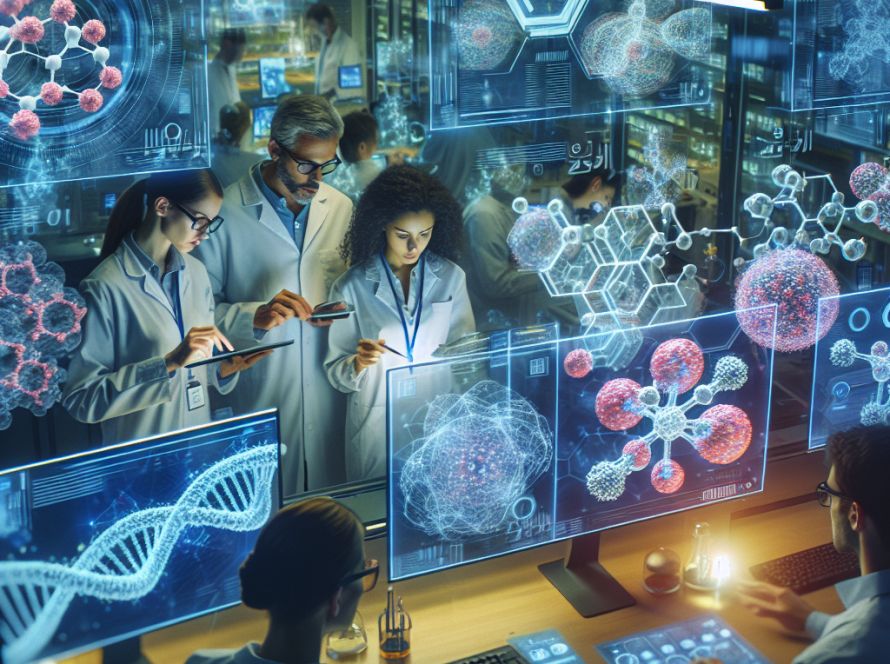In the modern digital age, individuals often interact with technology through software interfaces. Even with advancements towards user-friendly designs, many still struggle with the complexity of repetitive tasks. This creates an obstacle to efficiency and inclusivity within the digital workspace, underlining the necessity for innovative solutions to streamline these interactions, thereby making technology more intuitive and universally accessible.
A significant issue in the digital workspace lies in how software systems prioritize all-encompassing functionalities, often at the expense of user experience. This can result in sharp learning curves, discouraging productivity, particularly within enterprise software frameworks. It becomes imperative to find a solution that not only simplifies executing repetitive tasks but also broadens the accessibility of the digital workspace, inclusive of people living with disabilities.
Historically, automation of tasks within software systems has been heavily reliant on Application Programming Interfaces (APIs). Although they provided some avenues for programmatic interaction with software, these APIs faced challenges, particularly in regard to transparency and universal access. A clear gap in the automation landscape emerges, prompting a shift towards automated assistants that directly engage with User Interfaces (UIs), ultimately providing a more flexible and comprehensible approach to task automation.
Researchers from ServiceNow Research, Mila-Quebec AI Research Institute, Polytechnique Montreal, McGill University, and Universite de Montreal have put forward two innovative platforms that harness large language models (LLMs) to automate web-based tasks. The first platform, WorkArena, acts as a robust framework for evaluating UI assistants, offering a benchmark of 29 diverse tasks on the widely used ServiceNow platform. The second platform, BrowserGym, provides a unique environment tailored for creating and evaluating web agents. It supports numerous actions and multimodal observations for complex web interactions, redefining the field.
These innovative platforms provide a direct manipulation of UIs, enhancing transparency and adaptability, and giving users control of their automation needs. They offer a range of automation from simple assistance to complete task execution. This significant versatility is similar to the varying degrees of automation found in autonomous vehicles, demonstrating the transformative potential of UI assistants in changing the landscape of knowledge work.
Current agents have shown promise in initial evaluations, though fully automating tasks remains a formidable challenge. This stresses the need for continued research and innovation. Such commitment is essential for unlocking the full potential of UI assistants, potentially revolutionizing how individuals interact with enterprise software.
In summary, the integration of UI assistants within digital workspaces may significantly alter how individuals interact with technology. WorkArena and BrowserGym stand as two innovative platforms using LLMs to automate web-based tasks. Through automation of mundane tasks, these tools aim to enhance productivity, elevate the user experience, and secure greater accessibility. Despite the challenges, the journey towards fully automated digital workspaces proves to be promising.
The researchers published their findings, with all due credits to them. For those interested in tracking updates on similar studies, subscribing to the ML SubReddit with 38k+ members and following on Twitter could be beneficial. The researchers also encourage joining their Telegram and Discord Channels, and LinkedIn Group. For regular summaries of their work, subscribing to the newsletter would be helpful.


